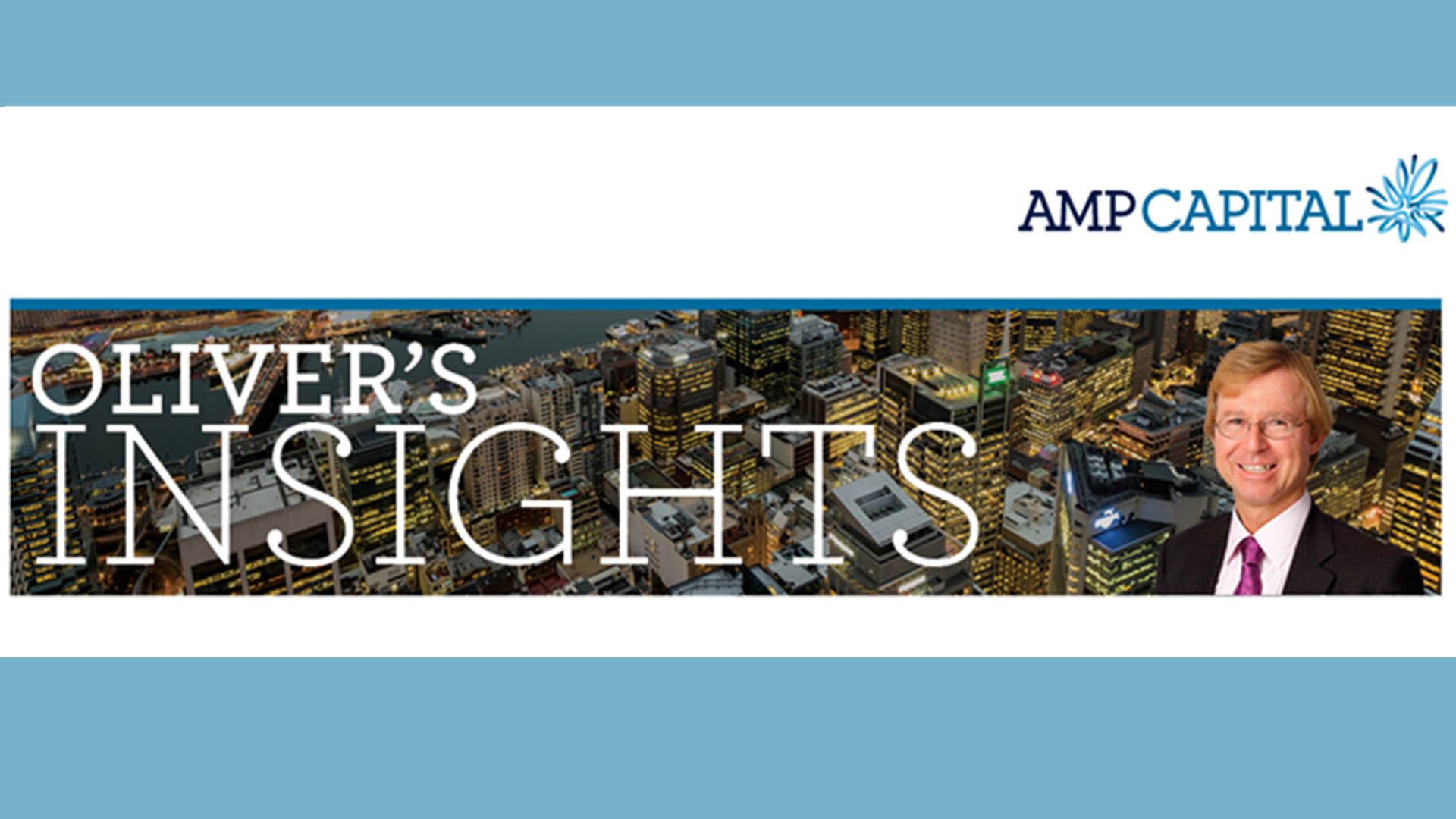No rate cut from the Reserve Bank yesterday – thwarting a growing list of economists, analysts, and others who thought there would be one. In fact, two out of three economists in various polls thought there would be a rate cut on the eve of the 2020-21 budget.
There had been talk the bank would cut the cash rate 0.10% at the meeting.
No doubt the central bank wants to see what is in the budget before deciding whether to further loosen the already expansionist monetary policy settings.
But a sole paragraph in the post-meeting statement indicates the central bank has been thinking very hard about the idea.
“Over the past couple of weeks, 3-year yields have fallen to around 18 basis points as markets price in some probability of further monetary policy easing,” Governor Philip Lowe said in his post-meeting statement.
RBA deputy governor, Guy Debelle pointed out the RBA could reduce rates further in a speech last month.
Highlighting market movements in key rates has been used in the past by the bank in speeches and statements to signal areas of interest or discussion.
A cut to 0.10% would be down from the current rate of 0.25% for the cash rate and out to three years where the bank has been buying bonds ($2 billion in September).
Driving this is the view held by the RBA that the ”Board views addressing the high rate of unemployment as an important national priority.”
“It will maintain highly accommodative policy settings as long as is required and will not increase the cash rate target until progress is being made towards full employment and it is confident that inflation will be sustainably within the 2–3 percent target band.
“The Board continues to consider how additional monetary easing could support jobs as the economy opens up further.”
The statement though indicated the level of unemployment will peak lower than previous forecasts. It’s August forecast put unemployment at 10% at the end of 2020 and 9.5% next June (In the August Statement On Monetary Policy which will be updated next month with a new set of forecasts.
“Labour market conditions have improved somewhat over the past few months and the unemployment rate is likely to peak at a lower rate than earlier expected. Even so, unemployment and underemployment are likely to remain high for an extended period.
“Wage and inflation pressures remain very subdued.
“A recovery is now underway in most of Australia, although the second-wave outbreak in Victoria has resulted in a further contraction in output there.
“The national recovery is likely to be bumpy and uneven and it will be some time before the level of output returns to its end 2019 level,” the governor added.
“Both fiscal and monetary support will be required for some time given the outlook for the economy and the prospect of high unemployment.”








